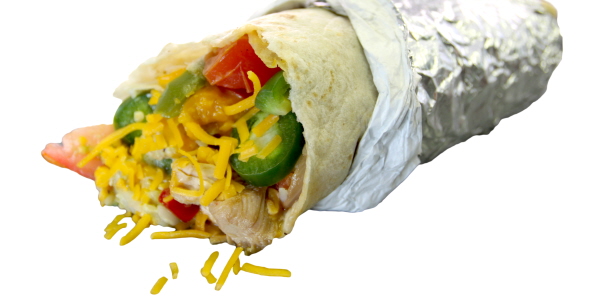Readers may recall that in mid-January, Chipotle Mexican Grill (NYSE: CMG) had stopped serving its popular carnitas product at roughly a third of its 1,724 restaurants because it dropped one of its pork suppliers that did not meet its “Food With Integrity” standards. According to Chipotle’s website, its pork suppliers must allow their pigs to have access to outside spaces or place them in deep-bedded pens where they can move around and exhibit “natural tendencies.” They must also avoid using any antibiotics or growth hormones in the development/treatment.
When Chipotle officials discovered that one of its primary pork suppliers was not adhering to these standards during a “routine” supplier audit, it removed the source from its supply chain. But, because this supplier made up such a large share of Chipotle’s pork supply, and because it was unable to line up alternative sources in time, Chipotle decided to pull its popular carnitas product from nearly 600 of its restaurants. Chipotle says that it is working with other suppliers to make up the difference and increase their pork supply to Chipotle. It also says that it will consider reinstating the ousted supplier if/when it complies with Chipotle’s animal welfare standards. But, the popular fast-casual Mexican restaurant chain still does not know when it will be able to put carnitas back on the menu at all of its franchises.
A single supplier failing an audit has created problems that are severe enough to impact a company’s products, customers, partners, and revenues. There are lessons to be learned from this. Last week, we published “Three Supply Management Lessons Learned from the Great Carnitas Shortage of 2015”. Here are three more lessons to be learned from the “Great Carnitas Shortage of 2015.”
Supplier Intelligence is Key: Chipotle officials reportedly became aware of the pork supplier’s transgressions during a routine supplier audit. It is unknown if the supplier was properly vetted during the onboarding phase, if it was compliant at the beginning of its relationship with Chipotle but then became non-compliant, or if the supplier just recently became non-compliant. Chipotle isn’t saying much about this particular supplier. But one thing is clear: Chipotle lacked viable supplier intelligence “on the ground” and caught the problem when it was too late.
Conversely, when Chipotle dropped the non-compliant pork supplier, it understood its supply chain well enough to know that it didn’t have enough alternative suppliers to fill the void, and that it had to drop carnitas from so many of its restaurants. Chipotle officials were reportedly prepared to drop the menu item entirely for more than a decade if it could not source enough humanely-raised pork. So although Chipotle lacked the tactical intelligence to keep its suppliers compliant, it had enough strategic intelligence to understand the limitations of its supply chain and how the business would proceed in the event of a shortage.
If Supply is Short, Demand Management and Alternatives are Key: While Chipotle business leaders work to bring in alternative suppliers to its supply chain that meet its ethical standards, they have also been working to manage demand in the front and back of the house. For example, the restaurant chain has been reexamining its carnitas recipe to see if it can incorporate different cuts of pork to get more from each pig it sources. It also appears that Chipotle has been using the shortage to promote one of its less popular offerings, the tofu-based Sofritas, by offering a free Sofritas burrito or burrito bowl to customers through February. In doing so, the chain can retain more of its customers and turn them onto an alternative protein while it manages demand at the restaurant level and rebuilds its pork supply chain.
Conclusion
The “Great Carnitas Shortage of 2015” has been instructive for Chipotle customers and supply management professionals, alike. Among the many lessons that can be learned from this episode is that for enterprises, supply chain intelligence is critical for gaining and maintaining visibility into compliance, and understanding how the business will continue operations in the face of a commodity shortage. Next, many enterprises are grappling with where to draw the line. For Chipotle, it draws the line at severe living conditions for pigs, which account for just 7% of their menu; but it can and must be more flexible with beef cattle and chickens that comprise a larger share of its menu. Lastly, enterprises need to take a broad view of demand management and be ready with alternatives when supply runs short. In Chipotle’s case, it also presents an opportunity for the brand and its customers to consider alternative recipes and proteins while it works to restore the status quo.
RELATED ARTICLES
Three Supply Management Lessons Learned from the Great Carnitas Shortage of 2015
Visibility: What Does it Mean for Category Managers?
Visibility: What Does It Mean for CPOs? (Part III)
Chief Procurement Officers in 2014: Procurement’s Convergence with Supply Risk Management

